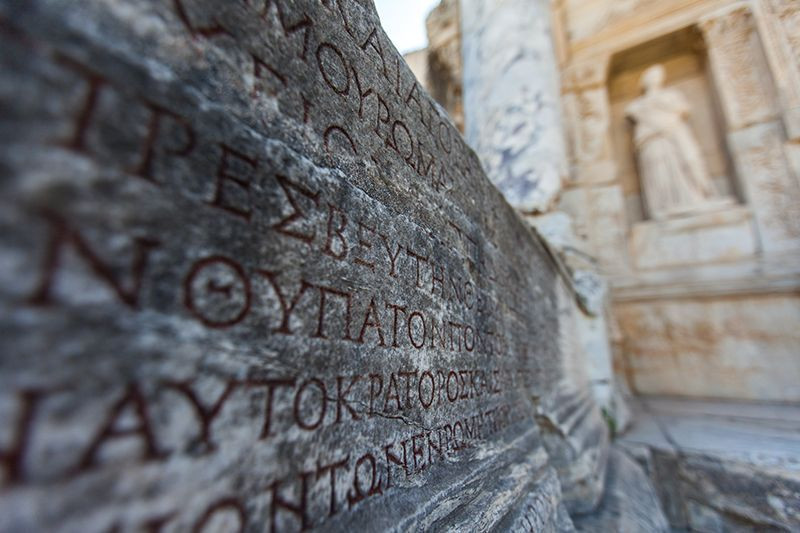By Eugenia Manolidou
In his article on September 7, 2024, in the newspaper TA NEA titled “Should Ancient Greek be taught from middle school?” Professor Thanos Veremis raises a critical question: How can we strengthen the ties of the Greek language to its ancient sources? The professor emphasizes that Greek is the living thread connecting us to our past, and thus, teaching it is not merely a responsibility but a fundamental requirement for preserving our national identity.
Pr. Veremis’s proposal to start teaching Ancient Greek using the linguistic approach of Koine Greek is a significant idea worth exploring further. Indeed, this method has proven particularly successful for many scholars and philhellenes, who have been learning Ancient Greek worldwide for centuries through resources like A Greek Boy at Home by W.H.D. Rouse, Athenaze by Oxford University Press, and others.
These textbooks and similar modern educational tools, which are widely updated and used across Europe, rely on Koine Greek as a linguistic foundation for introducing Ancient Greek. Notably, these resources do not focus exclusively on classical texts but offer a holistic approach to the language, combining the study of New Testament texts with classical works. In this way, Ancient Greek education moves beyond mere grammar and syntax, opening doors to theological, philosophical, and literary texts within a unified context.
What makes these textbooks so popular and effective is their teaching approach. All four language skills (reading, writing, listening, and speaking) are applied in a curriculum that guides students to learn Ancient Greek actively, much like how modern languages are taught. Teachers, using the language of the texts, encourage students to speak in Ancient Greek, achieving a deeper understanding of the language through its active use.
Why Speak Ancient Greek?
The natural question arises: Why teach students to speak in Ancient Greek, a language no longer used for communication? The answer is simple: the only way to truly learn a language in depth is to use it actively. Speaking Ancient Greek enables a better understanding of texts and strengthens the student’s ability to delve into the interpretation of written works. Although Ancient Greek is no longer a language of everyday life, practicing it orally provides a dynamic way to maintain contact with its rich tradition and achieve a deeper understanding of ancient texts.
A progressive method that begins with the more accessible texts of Koine Greek and advances to more challenging classical works, as proposed by Miltiadis Hatzopoulos and adopted by Pr. Veremis, can indeed serve as the foundation for modern Ancient Greek teaching. Starting with the Gospels or even more approachable texts like Aesop’s fables (translated into Koine), or Apollodorus and Lucian (in slightly simplified form), students can familiarize themselves with the ancient form of our language and gradually progress to more complex texts, such as those of Plato or Homer.
It is worth noting that there are already significant texts translated into Koine Greek that can be used for educational purposes. Additionally, new adaptations of classical works, combined with original pedagogical resources, can help educate the younger generation, equipping them with the tools to read and understand ancient texts in the original.
The Necessity of Willingness and Training
Of course, the success of this method depends largely on the commitment and dedication of both educators and policymakers. As my own experience has shown, teaching Ancient Greek is neither impossible nor overly complex. On the contrary, it can be a lively and enjoyable process that enriches students’ understanding of the Greek language and culture.
The modern method of teaching Ancient Greek, which incorporates the use of Koine Greek and oral practice, is an effective and achievable solution. With proper training and respect for our language and culture, we have the opportunity to share the wisdom of our ancestors and keep it alive for future generations.
The urgent need for change in the methodology of teaching Ancient Greek is clearer than ever. The use of contemporary, interactive methods that encourage students to understand and love the language is key to reviving interest. It is our responsibility to ensure that our language remains alive and powerful, giving students the tools to approach our past in a vibrant and interactive way, leading them to discover the wisdom of our ancestors and offering them a much brighter and more hopeful future.
